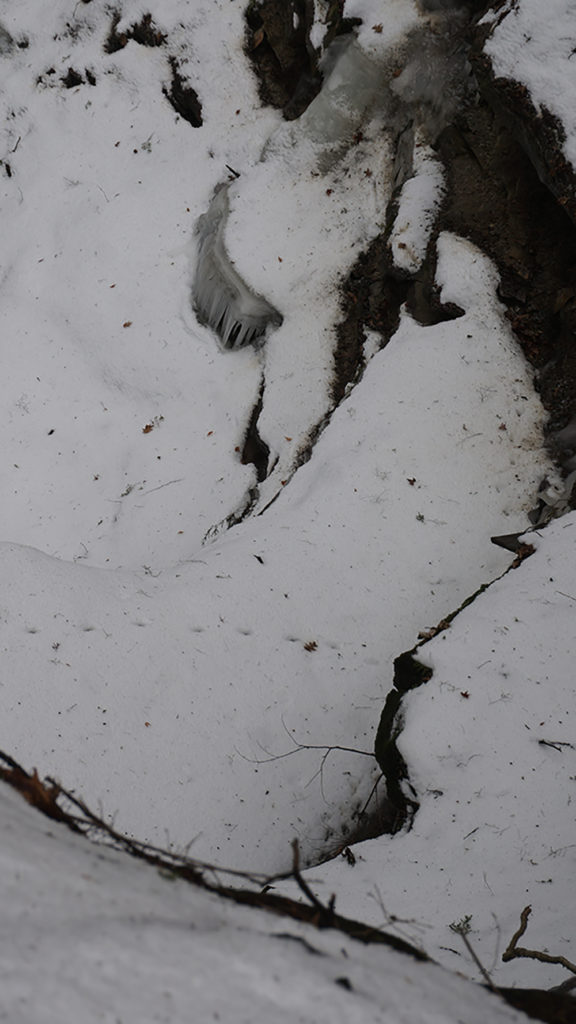Seeing more to see change ~ Notes from the editor
Taking a quick look is at times a nice way to view the world. The longer we look, the more we end up seeing. What we see is not always pleasant. We have watched the film adaptation of Cloud Atlas, directed by Lana and Lilly Wachowski and Tom Tykwer, a couple times now. I am currently reading the namesake novel Cloud Atlas by British author David Mitchell (published in 2004). Cloud Atlas is a series of “nested” stories that take the reader from the remote South Pacific in the nineteenth century to a distant post-apocalyptic future. There are still parts of this story that make me want to take another look, and I am hoping that the story in print fills in some of the missing pieces – perhaps it will merely conjure more questions. I prefer to read first, view later, so suspect my earlier viewing will flavor the read.
I also just finished reading Ursula K. LeGuin’s The Lathe of Heaven (on Kindle, since our dog ate the physical copy my son lent me). Again, there are layers of complexity here – in which time and place changes instantaneously, as the main character dreams reality into being. George Orr has a dream problem, and Dr. Haber, a dream specialist, tries to harness his cursed gift to make all right in the world. There was a 1980 film adaptation of the novel (directed by David Loxton). A&E reproduced a network film adaptation in 2002 (written and directed by Alan Sharpe and Philip Haas). I plan to view these films soon – each will, I am sure, deepen and enlighten the complexity that LeGuin’s vision has created.
I followed my read of The Lathe of heaven with Ursula K. Le Guin: Conversations on Writing, a collaborative work built from interviews with David Naimon. LeGuin’s responses to Naimon’s questions leave me wanting to see more of her worlds – of all created worlds – even if they are a bit disturbing to see.

As the Conscious Crow pointed out in her March Owl Light News reflections, no matter how much we see and know, we continue to ask the same questions: “What is the world that we live in and what is the nature of our being?” I have a print of “Three Worlds,” a lithograph by the Dutch artist M. C. Escher that was first printed in December 1955. The print hangs where I can see it when I first wake in the morning – as I linger in the mist between dreams and reality. We woke the other morning and started talking about Escher’s art, and the ways in which he manipulated images to play with our minds – not very nice when you look at it that way, but really what all of the creators who float into and texture our spheres of experience do. I thought again of Escher’s image later that same day as, walking on a forested trail beside a waterfall, I photographed the ice far below and the snow scattered with oak leaves, visible as leaves only later, when I pulled up the photo and took another look.
For me, taking a closer look recently has meant looking carefully at the victims of the Ethiopian Airlines crash on March 10, 2019 that took the lives of 157 people – and changed forever the lives of thousands more in a outward unraveling circle of influence.
It has meant, also, taking a closer look as the names of those killed and injured in New Zealand at the Masjid Al Noor and Linwood Masjid Christchurch mosques, as people gathered for prayer. Of all the senseless acts of violence, violence like this, that targets people at the heart of their personal beliefs, at the heart of community, are the most challenging to understand. These shooters want media attention and I am so glad that New Zealand’s Prime Minister Jacinda Ardern has vowed never to say the name of the Christchurch mosque gunman. That should be a common approach, given that these types of things often inspire other similar senseless acts, including, perhaps, the tram attack in the central city of Utrecht, Netherlands on March 18, 2019 – that killed three people and left three others seriously wounded.
In the April issue of Owl Light News, guest author Len Geller, who wrote an earlier related piece – “Gun Control and the Safe Act” – takes another look at the complex and perplexing topic of gun deaths and gun control following recently enacted and proposed gun-related laws in New York State. These changes follow in the wake of additional domestic gun-involved acts of harm. So much of our news is offered and consumed in short segments that do not provide us an opportunity to explore the issues – even very complex issues – from many perspectives. Any contemporary social issue, certainty gun control, is seen differently by each and every one of us – depending on the petrified layers of experience that, like the living matter beneath our feet, accumulate and solidify our views.
We all like pleasant images, pleasant dreams to guide us through our lives. Taking one more look at gun control might not be the most pleasant way to transition into spring. Still, spring is about change and renewal. We all want to be happy and for those we care about to be happy – and safe. There are no perfect solutions, but exploring options and taking actions – dreaming and imagining change – is, after all, all we can do.
D.E. Bentley
Editor – Owl Light News